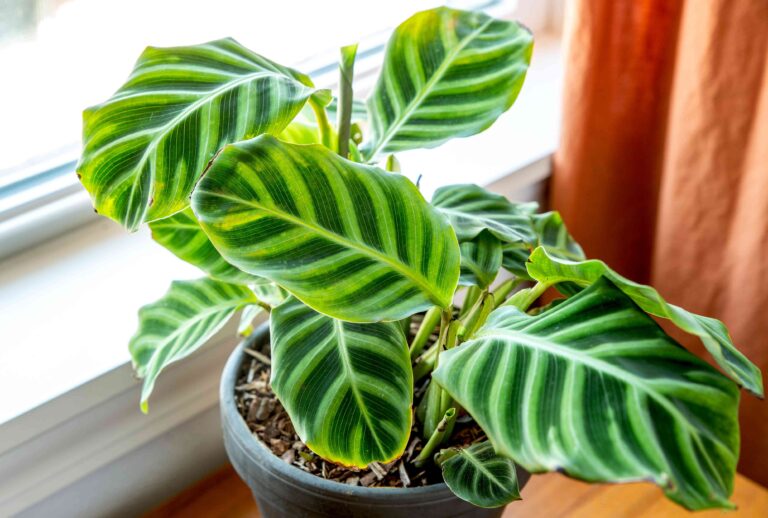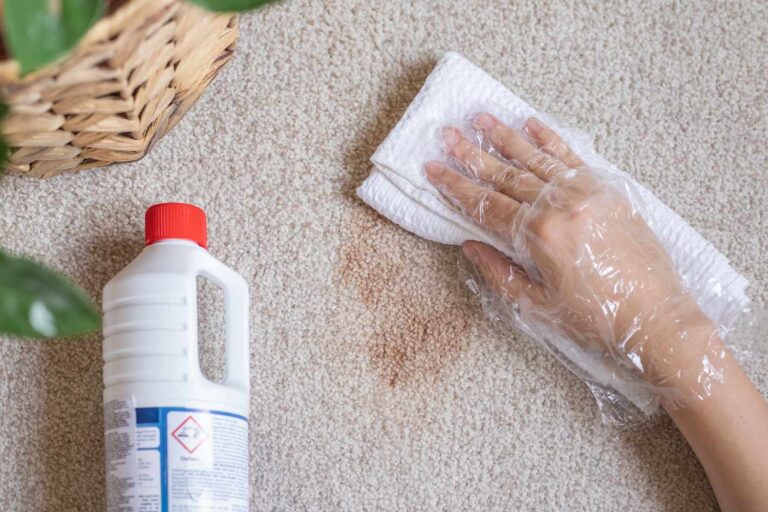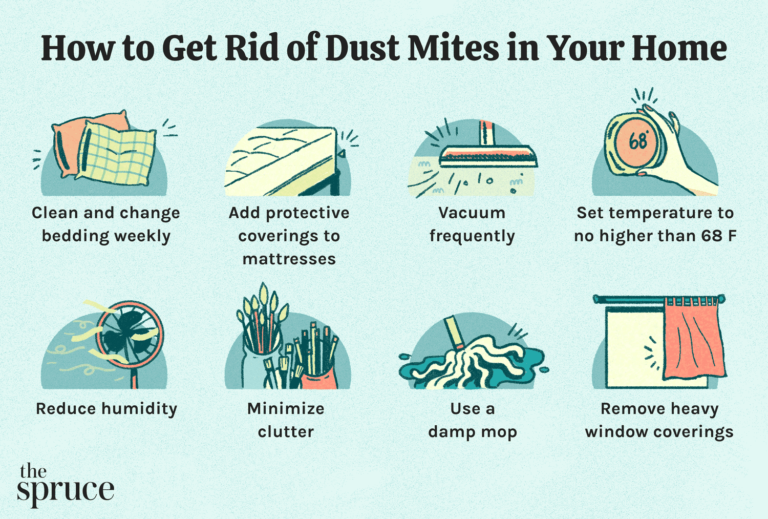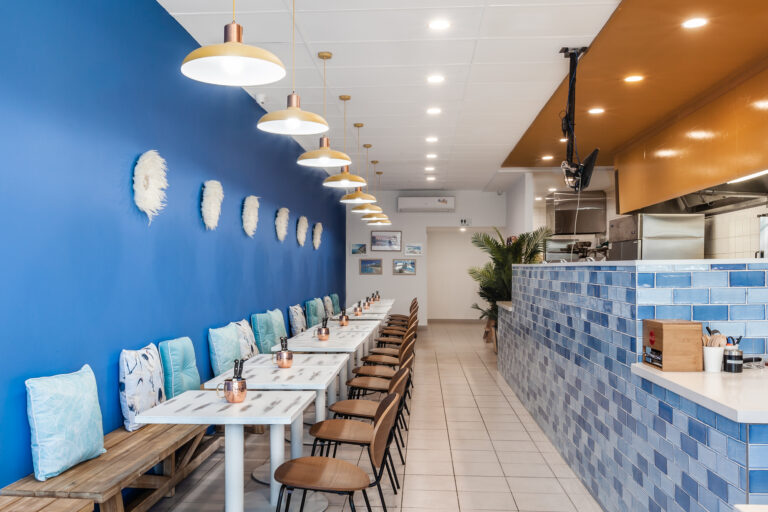What Is The Best Material For A Kitchen Backsplash?
A kitchen backsplash is an important component of any kitchen design. It not only adds character to the kitchen, but also serves as a protective barrier against food splashes and kitchen mess. As such, choosing the right material for a kitchen backsplash is essential. Popular materials for kitchen backsplashes include ceramic tile, glass tile, stone, stainless steel, and even laminate. Each has its own advantages and disadvantages, and ultimately the best material for a kitchen backsplash will depend on the individual’s budget, preferences, and needs.
Types of Common Kitchen Backsplash Materials
When it comes to choosing the best material for a kitchen backsplash, there are many options to choose from. Common materials used for kitchen backsplashes include ceramic tile, glass, stainless steel, marble, and natural stone. Each of these materials has its own unique benefits and drawbacks.
Ceramic tile is one of the most popular choices for kitchen backsplashes due to its affordability, durability, and variety of colors and designs. Additionally, ceramic tile is easy to clean and can withstand heat.
Glass is another common material used for kitchen backsplashes. It is available in many different colors and designs and can add a modern touch to any kitchen. Glass is also easy to clean and resistant to heat. However, it can be prone to scratches and cracks.
Stainless steel is a great choice for those looking for a modern, industrial look. It is very durable and easy to clean, but it can be expensive and can be difficult to install.
Marble is another popular choice for kitchen backsplashes. It can add a luxurious look to any kitchen and is very durable and easy to clean. However, it can be expensive and is prone to staining.
Natural stone is a great choice for those looking for a rustic or traditional look. It is very durable and easy to clean, but it can be expensive and difficult to install.
When it comes to choosing the best material for a kitchen backsplash, there are many options to consider. Each material has its own unique benefits and drawbacks. It is important to consider your budget, style preferences, and the level of maintenance required when selecting the best material for your kitchen backsplash.
Pros and Cons of Different Backsplash Materials
Kitchen backsplashes are essential for protecting walls from splatter, adding a touch of style to your kitchen, and making cleaning easier. But which material is the best for a backsplash? Here, we explore the pros and cons of different backsplash materials to help you decide which one is right for your kitchen design.
Tile is the most popular material for backsplashes due to its durability, affordability, and range of colors and designs. It’s also easy to clean and resistant to heat and moisture. However, tile can be difficult to install and may require professional help. Additionally, it’s not as scratch-resistant as some other materials.
Glass is another popular choice for kitchen backsplashes. It’s easy to clean, and adds a modern, stylish look to any kitchen. However, glass can be expensive, and may need to be professionally installed. Additionally, the reflective nature of glass can make a kitchen seem smaller.
Stainless steel is a great choice for a backsplash because it’s heat-resistant, easy to clean, and durable. Plus, it reflects light, making a kitchen appear larger. The downside is that stainless steel can be expensive and prone to fingerprints and smudges.
Stone is a great choice for a backsplash because it’s durable and easy to clean. It also comes in a range of colors and designs, so it can be customized to suit any kitchen design. However, stone can be expensive, and it’s not as heat-resistant as some other materials.
Finally, wood is an option for kitchen backsplashes, but it’s not as common as the other materials. It’s heat-resistant and easy to clean, and it adds a rustic, natural touch to any kitchen. However, wood needs to be sealed for protection, and it can be prone to staining and warping.
When choosing a backsplash material for your kitchen, consider your budget, design preferences, and lifestyle needs. Each of the materials discussed here has its own unique pros and cons, so weigh your options carefully before making a decision.
Cost Considerations for Installing a Backsplash
Installing a backsplash in the kitchen is a great way to make a statement and add a decorative touch to the room. However, it is important to consider the cost implications when selecting the right material for your backsplash. Depending on the material chosen, the cost of installation can vary. Natural stone tiles like granite, marble, and limestone tend to be more expensive than other materials, but they are also the most durable and long-lasting. Ceramic and porcelain tiles are less expensive than natural stone, but they are also more prone to cracking and chipping over time. Glass tiles are also a popular choice for kitchen backsplashes, as they are simple to clean and come in a variety of colors and textures. However, they are more expensive than ceramic tiles. Vinyl tiles are one of the most cost-effective materials for a backsplash, but they are not as durable as natural stone or glass. Ultimately, the best material for a kitchen backsplash depends on your budget and how much you are willing to spend on installation.
Maintenance Requirements for Different Backsplash Materials
When it comes to selecting a backsplash for your kitchen, you should take into consideration the maintenance requirements of each material. Different backsplash materials require different levels of care and maintenance, so it is important to understand what kind of effort each material requires. Depending on your lifestyle and preferences, you can choose the material that best suits you.
Ceramic tile is an affordable and durable option that is easy to clean. It is also water-resistant and mildew-resistant. You can use a mild detergent and a damp cloth for regular maintenance. However, grout lines need to be sealed regularly to prevent staining.
Glass tile is a great choice for a modern and stylish look. Glass tile is also easy to clean and water-resistant. You can use a mild detergent and a damp cloth for regular maintenance. However, grout lines need to be sealed regularly to prevent staining.
Stone tile adds a unique and luxurious look to any kitchen. Although stone tile is very durable, it requires more maintenance than other materials. Regular sealing is necessary to protect the stone from staining or etching. You can also use a mild detergent and a damp cloth for regular maintenance.
Stainless steel is a great choice for a contemporary and modern look. It is resistant to heat, water, and stains, and is easy to clean. You can use a mild detergent and a damp cloth for regular maintenance. Additionally, stainless steel is very durable and will last for many years with proper care.
In conclusion, when selecting a backsplash material, it is important to consider the maintenance requirements of each material. The best material for you depends on your lifestyle and preferences. Ceramic tile, glass tile, stone tile, and stainless steel are all popular backsplash materials, each of which has its own maintenance requirements.
![What Is the Best Kitchen Backsplash Material? [Tiles Pros & Cons]](https://www.mcpheeassociatesinc.com/wp-content/uploads/2021/09/19NonsRd-23-w.jpg)
Design Considerations for Backsplash Materials
When it comes to selecting the best material for a kitchen backsplash, there are a few design considerations that need to be taken into account. In addition to choosing a material that’s easy to clean and maintain, cost, and aesthetics, there are also durability and safety factors that should be considered. Each material has its own unique advantages and disadvantages, so it’s important to understand the pros and cons of each material before making a decision.
Tile is a popular choice for kitchen backsplashes as it is both cost effective and aesthetically pleasing. Most tiles come in a variety of colors and styles, making it easy to find something that fits the design of your kitchen. In addition, tile is also durable and easy to clean. However, certain tiles may be more difficult to install and require more maintenance over time.
Glass offers a unique look for kitchen backsplashes as it can be either transparent or opaque. It is also resistant to stains and scratches, making it a great option for busy kitchens. The downside to glass is that it can be expensive and susceptible to shattering if not properly installed.
Stainless steel is also a great material for kitchen backsplashes as it is both stylish and durable. It is also resistant to rust, corrosion, and scratches, making it an ideal option for busy kitchens. However, stainless steel can be difficult to clean and maintain, and it is also one of the more expensive materials.
Finally, there are also many other materials available for kitchen backsplashes, such as wood, stone, and concrete. Each material offers its own unique advantages and disadvantages so it’s important to evaluate your options carefully before making a decision. In the end, the best material for a kitchen backsplash will depend on the design of the kitchen, budget, and personal preference.
Durability Factors for Different Backsplash Materials
When choosing the best material for a kitchen backsplash, durability is an important factor to consider. Different materials have varying levels of resistance to moisture, heat, and staining. For example, natural stone and ceramic tile are both long-lasting materials that are great for kitchen backsplashes. They are highly resistant to water and staining, and can be sealed to enhance their durability. On the other hand, wood and laminate are not as durable as stone or ceramic tile and are more prone to water damage.
Glass is also an attractive and durable option for a kitchen backsplash. It is very easy to clean and can be sealed to protect it from staining or discoloration. However, it is not as heat resistant as stone or ceramic tile, so it may not be the best option for areas exposed to high temperatures.
Stainless steel is another popular option for kitchen backsplashes. It is very resistant to heat, moisture, and staining, and is very easy to clean. However, it can be prone to scratching if not treated properly.
Ultimately, the best material for a kitchen backsplash will depend on your specific needs and preferences. Consider the level of durability you need, the maintenance required, and the look you want to achieve before deciding which material is best for your kitchen.
Tips for Choosing the Right Backsplash Material
When it comes to choosing the right material for a kitchen backsplash, there are a few tips that can help make the selection process easier. Firstly, consider the overall design of the kitchen. Different materials work better with different design styles, so consider the kitchen’s overall aesthetic when choosing a material. Secondly, consider the practical aspects of the material. For instance, if you need a material that is easy to clean, then you should opt for something like ceramic or glass tiles. Thirdly, consider the budget. Different materials come with different price points, so it’s important to consider what you can afford. Lastly, consider the durability of the material. Some materials are more durable than others, so it’s important to consider how long the backsplash will last. With these tips in mind, you should be able to make an informed decision about the best material for your kitchen backsplash.
Common Mistakes to Avoid When Selecting a Backsplash Material
When selecting a material for a kitchen backsplash, there are a few common mistakes to avoid. Firstly, it’s important to consider the look and feel of the material. Natural stone is a popular choice, as it is durable and can add a beautiful touch to the kitchen. However, it can also be quite expensive and require more maintenance. Ceramic tiles are an affordable option, but they may not be as durable as stone. Additionally, when selecting a backsplash material, it’s important to take into consideration how easy it will be to clean. Shiny surfaces, such as glass or metal, are less likely to attract dirt and grime, and can be wiped down easily. However, these materials may not be as resistant to heat or moisture as other materials. It’s also important to think about how the material will look and feel when combined with the other elements of the kitchen. For example, metal may look great with stainless steel appliances, but it may clash with wooden cabinetry. In conclusion, when selecting a backsplash material, it’s essential to take into consideration the cost, maintenance, and aesthetic of the material, as well as how it will look in the kitchen. With the right material, a kitchen backsplash can be an attractive, practical, and long-lasting addition to any kitchen.
FAQs About the What Is The Best Material For A Kitchen Backsplash?
1. What type of material is best for a kitchen backsplash?
Answer: The best material for a kitchen backsplash depends on your budget and personal preferences. Generally, materials such as ceramic tile, stainless steel, stone, and glass are popular choices.
2. What are the benefits of having a kitchen backsplash?
Answer: Kitchen backsplashes are great for both aesthetic and practical purposes. They can help protect your walls from food splatters, water, and other kitchen messes; they can also add a visually pleasing design element to your space.
3. Are there any special considerations to keep in mind when choosing a kitchen backsplash?
Answer: Yes. When considering a kitchen backsplash, make sure to consider the size and shape of the wall area, the color scheme of the room, and the amount of maintenance and cleaning it will require. Additionally, you may want to factor in the cost of materials, installation, and any necessary tools and supplies.
Conclusion
The best material for a kitchen backsplash is a matter of preference. Whether you choose ceramic, stone, glass, PVC, or stainless steel, the material you choose should complement the overall design of your kitchen. Consider the size of your backsplash, the style of your kitchen, and the amount of maintenance you are willing to do when selecting the best material for your backsplash. Ultimately, the material you choose should create a space that is both aesthetically pleasing and easy to maintain.






